Olde English Bulldogge vs. Labloodhound: Breed Differences and Similarities
Hypoallergenic
Are Olde English Bulldogges or Labloodhounds hypoallergenic, or neither?
Unfortunately, neither Olde English Bulldogge nor Labloodhound are hypoallergenic, which may not make them the best choice for dog lovers who suffer from pet allergies.
Temperament
What are the personalities of Olde English Bulldogge and Labloodhound dogs?
Alert
Courageous
Friendly
Confident
Loving
Strong
Playful
Loving
Stubborn
Independent
Energetic
Alert
Intelligent
Friendly
Responsive
Affectionate
Loyal
Gentle
Going
Social
Outright
Tempered
Cheerful
Shedding Level
Do Olde English Bulldogges shed more than Labloodhounds, or which breed sheds more, Olde English Bulldogges or Labloodhounds?
Olde English Bulldogge or Labloodhound dogs are not heavy shedders, but they will lose a significant amount of hair each year. To decrease the amount of shedding, you can regularly brush your Olde English Bulldogge or Labloodhound. This will remove loose hair and keep their coat growing in the same direction.
Watchdog Ability
Which dog breed makes a better watchdog, the Olde English Bulldogge or Labloodhound?
Olde English Bulldogge and Labloodhound are very good watchdogs. They are a vocal breed and are wary of outsiders, so if someone approaches your home or aims to intrude, these breeds are going to make sure everyone knows about it.
Origin
What is the origin of Olde English Bulldogge and Labloodhound dog breeds?
United States
United States
Ancestry
What are the origins of Olde English Bulldogge and Labloodhound breeds?
English Bulldog, American Bulldog, American Pit Bull Terrier, Bull Mastiff
Bloodhound and Labrador Retriever
Date of Birth
When were Olde English Bulldogge and Labloodhound breeds first developed?
1971
Unknown
Eye Color Possibilites
What are the eye colors of Olde English Bulldogge and Labloodhound dogs?
Brown
Amber
Hazel
Brown
Nose Color Possibilites
What are the natural nose colors of Olde English Bulldogge and Labloodhound?
Black
Black
Coat Color Possibilites
What are the natural colors of the coat for Olde English Bulldogge and Labloodhound breeds?
Brindle
Gray
Fawn
Red
Brown
Black
Brown
White
Coat Length
What is the typical coat length for Olde English Bulldogge and Labloodhound breeds?
Olde English Bulldogges have coats that can be either short or medium in length.
Labloodhounds have short coats.
Coat Density
What is the density of the coat of Olde English Bulldogge and Labloodhound?
Coat Texture
What is the hair texture of Olde English Bulldogge and Labloodhound?
Straight
Litter Size
What is the usual litter size for Olde English Bulldogge and Labloodhound?
An Olde English Bulldogge can have a litter of 11-13 puppies on average. However, it's worth noting that the size of the litters can vary greatly. Factors that can influence litter size include the health of the mother, breeding history, and genetics.
A Labloodhound can have a litter of 5-10 puppies on average. However, it's worth noting that the size of the litters can vary greatly. Factors that can influence litter size include the health of the mother, breeding history, and genetics.
Adaptability
Olde English Bulldogges are highly adaptable and versatile, making them excellent companions for families and individuals of all lifestyles.
Labloodhounds are known for their adaptability and can adjust well to different environments and lifestyle changes.
Health Issues
Between Olde English Bulldogge and Labloodhound, which breed is more prone to health problems?
While the Olde English Bulldogge breed is generally healthy, occasional vet check-ups are still necessary to address any health concerns.
Labloodhounds typically have low vet costs due to their good health, but it's important to monitor their health and seek vet care when necessary.
Major Concerns
What are the major health concerns for Olde English Bulldogge and Labloodhound breeds?
Bloat
Gastric Torsion
Progressive Retinal Atrophy (PRA)
Minor Concerns
What minor health issues should be kept in mind when owning Olde English Bulldogge and Labloodhound?
Hip Dysplasia
Entropion
Ectropion
Elbow Dysplasia
Hip Dysplasia
Epilepsy
Occasional Tests
What occasional tests are recommended for Olde English Bulldogge and Labloodhound breeds?
X-Rays
Physical Examination
X-Rays
CT or MRI scan
Urinalysis
Complete Blood Count
Chemical Analysis
Ophthalmic Examination
Physical and Neurologic Examination
Energy
How do the energy levels of Olde English Bulldogges and Labloodhounds compare?
Olde English Bulldogges are a good choice for a low-key lifestyle due to their low energy levels.
Labloodhounds are suitable for those with a balanced lifestyle as they have an average energy level.
Social Needs
Olde English Bulldogge vs Labloodhound social needs comparison
Olde English Bulldogge has above average social needs and thrives with interaction with humans and other dogs.
Labloodhound has very high social needs and requires regular mental and physical stimulation, a job or purpose, and companionship.
Exercise Needed
Olde English Bulldogge vs Labloodhound exercise need comparison.
Olde English Bulldogges need only a small amount of physical activity, ideal for busy or elderly people or those with limited space.
Labloodhounds need high physical activity and are ideal for active individuals, but not suitable for sedentary lifestyles or small apartments.
Sleeping Need
Which of the two sleeps the most/least: Olde English Bulldogge or Labloodhound?
Olde English Bulldogges are known for their relaxed and calm nature and enjoy long periods of sleep.
Labloodhounds are active and require sufficient sleep to stay healthy.
Tendency to Bark
Do Olde English Bulldogges or Labloodhounds bark more/less frequently?
Olde English Bulldogges are typically quiet and only bark when needed, such as to alert their owner or when in distress.
The Labloodhound is a vocal breed that frequently barks and howls, and may not be suitable for those seeking a quiet companion.
Mouthiness
Mouthiness Comparison: Olde English Bulldogge vs Labloodhound?
Roaming urge
Olde English Bulldogge vs Labrador: Running away tendency?
Prey Drive
Olde English Bulldogge or Labloodhound - which breed has a higher level of prey drive?
Past times
What are some enjoyable activities and ways to keep Olde English Bulldogge and Labloodhound entertained?
Camping, Tug-of-war, Nap, Tricks & Trai, Bath time, Cuddling, Car rides, Walks, Walk, Sleep, Car ride, Cuddl, Playing, Soccer, Training, Swimming, Fetch, Dog Parks, Keep away, Water play, Road trip
Walk, Run, Play, Swim, Tug-of-war, Fetch, Frisbee
Activity Level
Which breed has higher energy, Olde English Bulldogges or Labloodhounds?
Olde English Bulldogges are medium-energy dogs and typically enjoy socializing and playing casual or even sustained games of chase with other dogs. They may also have occasional periods of barking or racing around the house.
Labloodhounds are high-energy dogs. They need mental as well as physical exercise. These dogs require a lot of your involvement and without it they can, and will, become problematic dogs.
Tolerance of being left alone
Walks per Week
How many miles should Olde English Bulldogge or Labloodhound walk each week?
There's really no limit to how far you walk your dog as long as they're comfortable. For Olde English Bulldogge, it's at least 14 miles / week. Just remember to build distance and stamina gradually over time.
There's really no limit to how far you walk your dog as long as they're comfortable. For Labloodhound, it's at least 20 miles / week. Just remember to build distance and stamina gradually over time.
Activity per Day
Do Olde English Bulldogges or Labloodhounds require more exercise?
In general most Olde English Bulldogges usually need at least 45 minutes of exercise daily. This can be spread across the day and include all sorts of high-energy activities, like walking, running and playing.
In general most Labloodhounds usually need at least 60 minutes of exercise daily. This can be spread across the day and include all sorts of high-energy activities, like walking, running and playing.
Grooming
Which breed is easier to maintain in terms of grooming, Olde English Bulldogges or Labloodhounds?
The Olde English Bulldogge is a low-maintenance breed that doesn't require much grooming.
The Labloodhound has low grooming needs and is easy to maintain.
Brushing Frequency
What is the recommended brushing frequency for Olde English Bulldogge and Labloodhound dogs?
Olde English Bulldogge and Labloodhound should be brushed at least once a week. Of course, you can give them more frequent brushes if you find that they are still shedding a lot.
Brushing Tools
What brushing tools are used for Olde English Bulldogges and Labloodhounds?
Slicker Brush
Nail Clipper
Pin Brush
Comb
Nail Clipper
Cups
How much food should be given to Olde English Bulldogge or Labloodhound in cups?
Olde English Bulldogge and Labloodhound share the same recommended daily food intake of 3 cups, although the appropriate quantity may vary depending on the quality and nutritional content of their food.
Daily Cost
Which breed has a higher daily cost, Olde English Bulldogge or Labloodhound?
The average cost of an Olde English Bulldogge is somewhere $2.10 - $2.80 per day.
The average cost of a Labloodhound is somewhere $2.10 - $2.70 per day.
Monthly Cost
Which breed has a higher monthly cost, Olde English Bulldogge or Labloodhound?
The average per month expenses of an Olde English Bulldogge is between $63 - $84. This makes an average of $756 - $1008 per year. It will be on the higher side when the dog is still small because it will need more frequent visits to the vet, shots.
The average per month expenses of a Labloodhound is between $55 - $73. This makes an average of $660 - $876 per year. It will be on the higher side when the dog is still small because it will need more frequent visits to the vet, shots.
Intelligence
Comparing Intelligence: Olde English Bulldogges vs Labloodhounds
Olde English Bulldogge and Labloodhound have average obedience intelligence, but they're also independent thinkers. This breed is known for having an exceptionally high IQ, which means they may get into trouble if left to their own devices.
Sensitivity Level
How do Olde English Bulldogge and Labloodhound compare in sensitivity?
This breed is sensitive and requires gentle handling and a calm home environment.
This breed is sensitive to its environment and best suited for patient and understanding families with a consistent routine.
Affection Dependance
Which is the more affectionate dog breed: Olde English Bulldogge vs Labloodhound?
Apartment Friendly
Which breed is more apartment-friendly: Olde English Bulldogge or Labloodhound?
Olde English Bulldogges make excellent apartment dogs, being fairly active indoors and not requiring a yard.
Labloodhounds can do well in apartments with enough exercise and time outside, but a small yard would be ideal.
Child Friendly
Do Olde English Bulldogges or Labloodhounds have a friendlier temperament towards children?
Olde English Bulldogges are good with kids if socialized and trained from a young age.
Labloodhounds make excellent family pets for kids due to their gentle, protective nature and calm temperament.
Senior-friendly
Which dog is more suitable as a pet for the elderly - Olde English Bulldogge or Labloodhound?
Cat Friendly
Do Olde English Bulldogge or Labloodhound breeds have a better compatibility with cats?
Olde English Bulldogges are average in their friendliness toward cats and tend to do well with them, especially if raised together.
Labloodhounds are very friendly with cats and make great companions for them.
Dog Friendly
Which breed is more sociable with other dogs: Olde English Bulldogge or Labloodhound?
Olde English Bulldogges are average in their friendliness towards other dogs, and socialization can help.
Labloodhounds are generally very friendly towards other dogs, with a happy and affectionate temperament.
Pet friendly
How do Olde English Bulldogge or Labloodhound dogs interact with other pets?
Stranger Friendly
Which breed is more friendly with strangers: Olde English Bulldogge or Labloodhound?
Olde English Bulldogges are averagely friendly around strangers but benefit from early socialisation.
Labloodhounds are highly friendly around strangers.
Playfulness
Which breed is more playful between Olde English Bulldogge and Labloodhound?
Olde English Bulldogges are not known for being a highly playful breed.
Labloodhounds are very playful, so adopting an older one might be a better option for a more relaxed experience.
Trainability
How do the trainability levels of Olde English Bulldogges and Labloodhounds compare?
Olde English Bulldogges may require more time and patience to learn commands, but with consistency, they can be trained.
The Labloodhound is highly intelligent and eager to please, making it a great choice for both novice and experienced dog owners due to its easy trainability.
Compare Olde English Bulldogge with other breeds
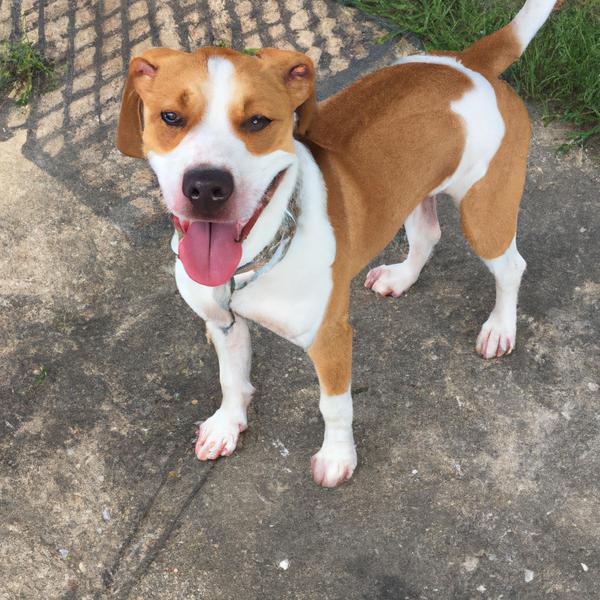
Beagle Pit
Olde English Bulldogge vs Beagle Pit
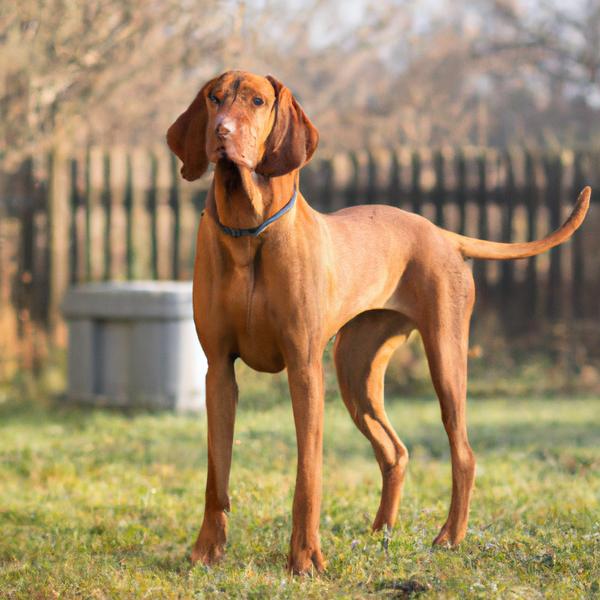
Transylvizsla Hound
Olde English Bulldogge vs Transylvizsla Hound
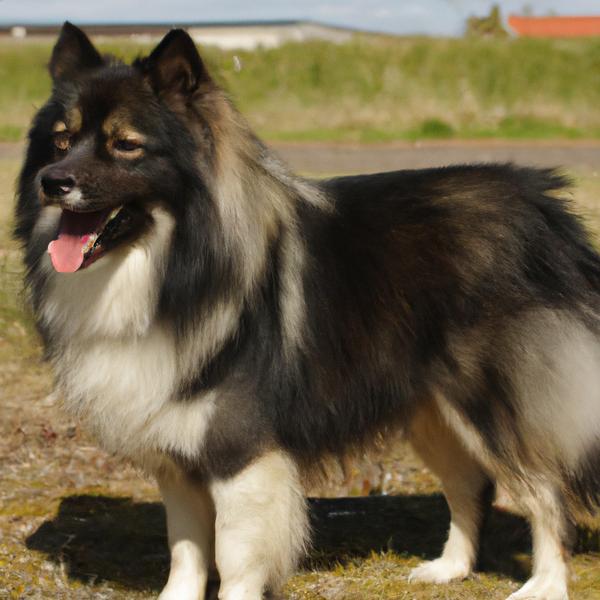
Eskland
Olde English Bulldogge vs Eskland
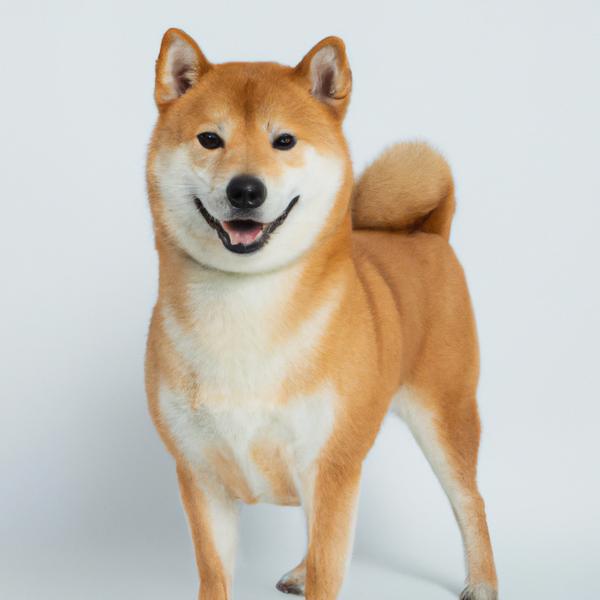
Siberian Shiba
Olde English Bulldogge vs Siberian Shiba
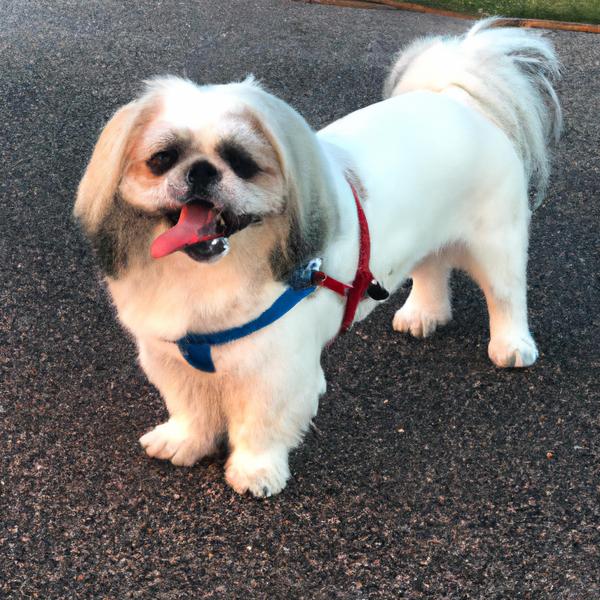
Silkytie
Olde English Bulldogge vs Silkytie
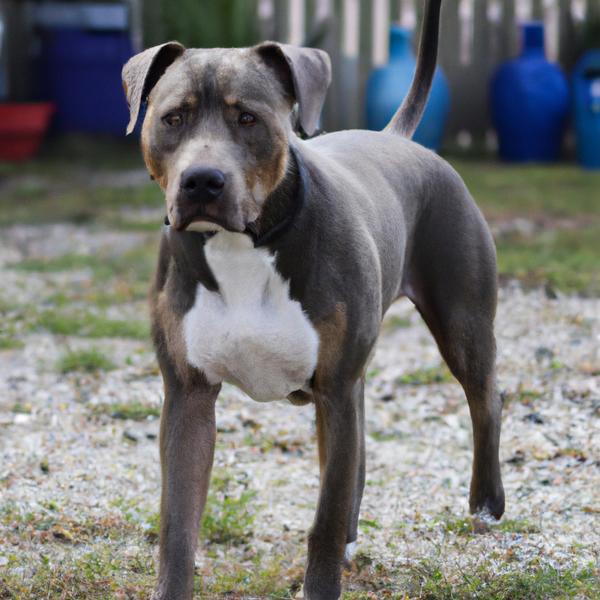
Greybull Pit
Olde English Bulldogge vs Greybull Pit

Leonberger
Olde English Bulldogge vs Leonberger
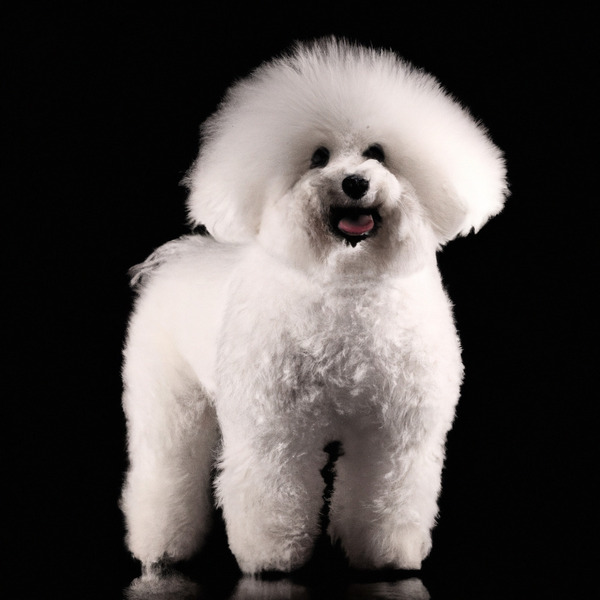
Bolognese
Olde English Bulldogge vs Bolognese
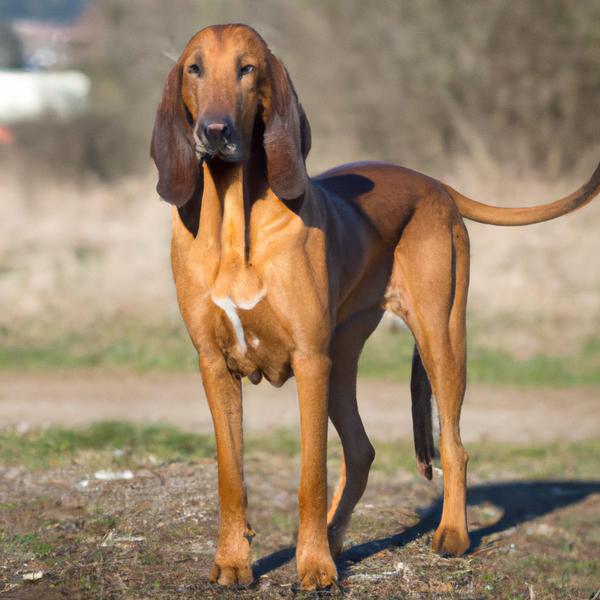
Labloodhound
Olde English Bulldogge vs Labloodhound
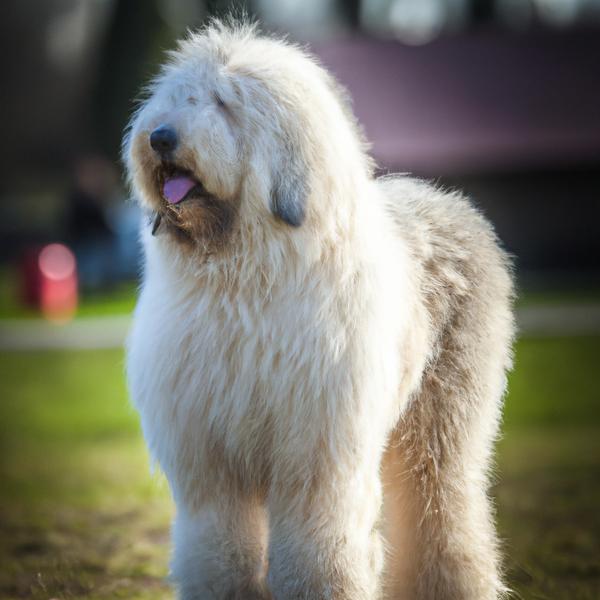
Komondor
Olde English Bulldogge vs Komondor
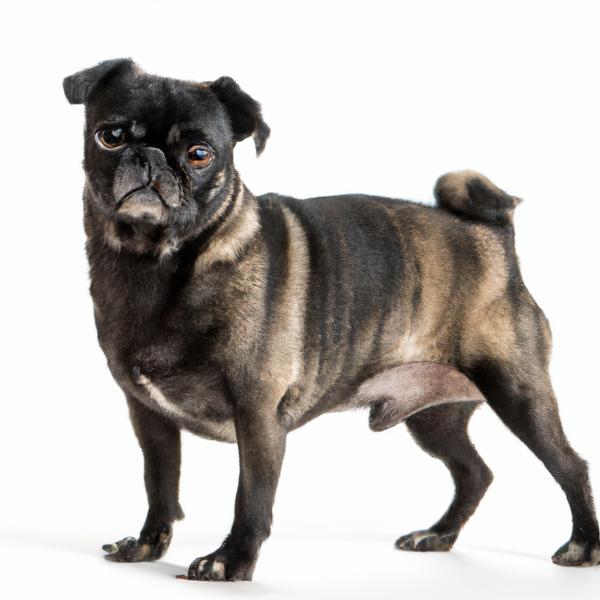
Pugillon
Olde English Bulldogge vs Pugillon
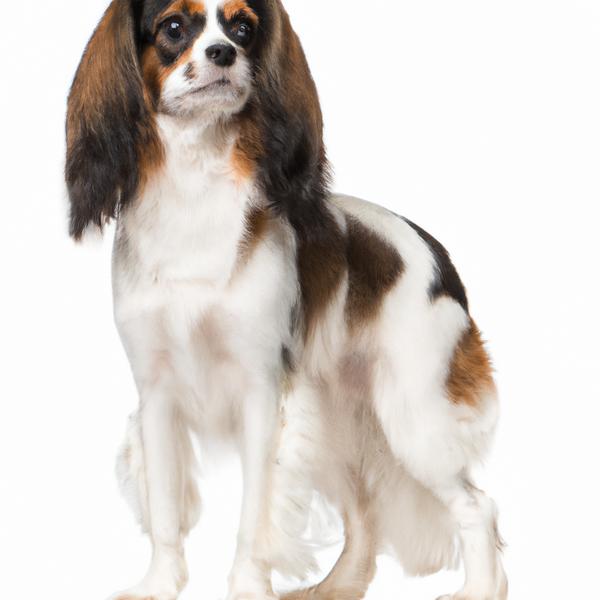
English Toy Spaniel
Olde English Bulldogge vs English Toy Spaniel
